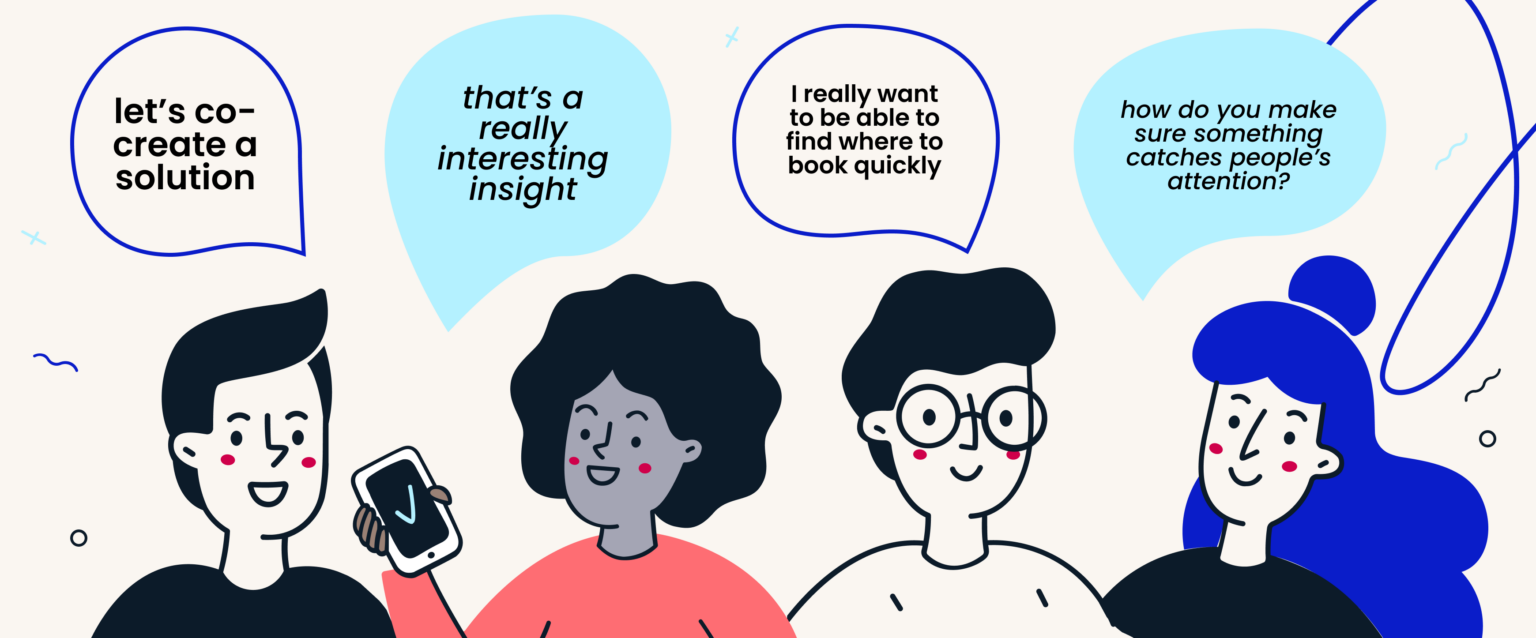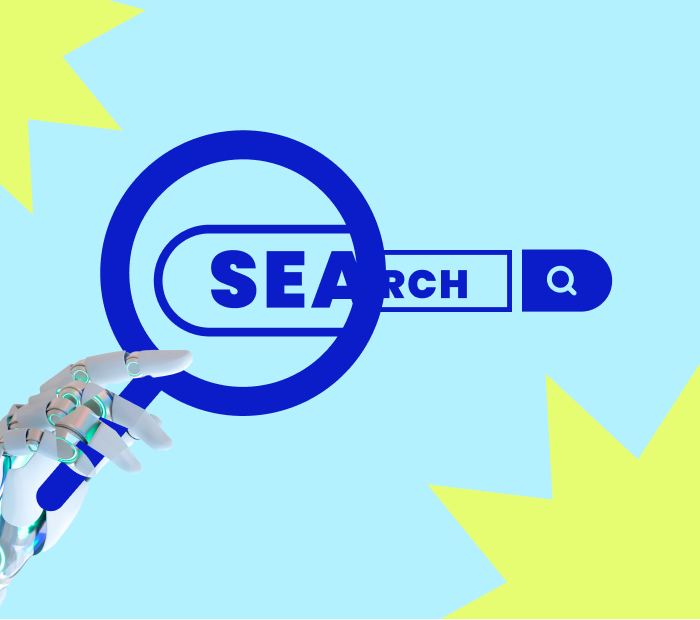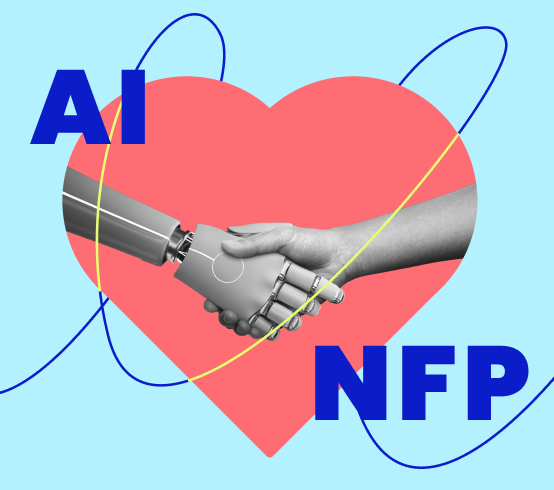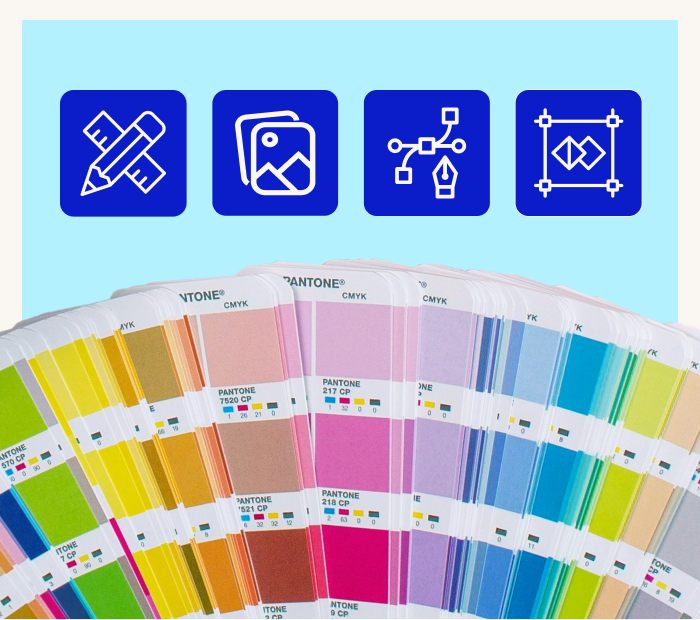
Design Patterns explained
Design patterns are reusable keys to common problems that arise during the software design and website development process. They are not specific implementations or code pieces but high-level templates or guidelines for solving recurring design challenges.
Behavioural Design
Behavioural design patterns in software development focus on defining how objects and classes interact and collaborate to achieve specific behaviours. One prominent example of a behavioural design pattern is the observer pattern. The observer pattern establishes a one-to-many dependency between objects. In this pattern, an object, known as the subject, holds a list of its dependents, called observers. When the subject’s state changes, it notifies all its observers automatically, allowing them to update their own state or perform related actions.For instance, in a weather application, the weather station (subject) can notify various displays (observers), such as temperature, humidity, and forecast displays. Whenever weather conditions change, each display updates its information independently based on the changes observed, ensuring a decoupled and flexible design.
UX Design
UX design patterns are guidelines and best practices in user interface and interaction design, essential for crafting user-friendly digital products, including web design services. One example is the “Hamburger Menu,” which uses a small icon with three horizontal lines to represent a hidden navigation menu. When clicked, it reveals navigation options. The Hamburger Menu is typically used in mobile app and website design to save screen space and provide a clean interface.
Structural Design
Structural design patterns are essential in software engineering, focusing on how objects and classes are structured and composed to build larger, more complex systems. These patterns facilitate better organisation and management of software components, making extending, maintaining, and modifying systems easier.
Why use Behavioural Design Principles?
Using Behavioural Design Principles in various fields, such as product design, marketing, and public policy, can offer several benefits for both users and the organisations themselves:
Data-driven decision-making
Organisations can draw insights from large amounts of data by analysing human behaviour patterns. This helps them optimise marketing strategies, product offerings, website optimisation, and customer experiences for better results.
Behaviour modification
Behavioural design principles can change behaviour and encourage desired choices. Understanding cognitive biases helps businesses design products and services that positively shape user behaviour. For example, using default options or choice architecture can guide users towards specific actions, such as signing up for a service or purchasing.
User-centred design
By understanding user behaviours and preferences, designers can create products and interfaces that are intuitive and easy to use. This approach not only improves user satisfaction but also increases engagement and conversion rates.
Reduced cognitivelLoad
Businesses can simplify decision-making processes and present information more digestibly to help people make quicker and more efficient choices. This is particularly helpful in complex environments like e-commerce platforms or financial services.
Behavioural Design process
The behavioural design process involves a series of steps to understand and improve human behaviour in a specific context. This process draws from principles of psychology and design to create interventions that guide individuals toward desired behaviours.
Define the problem or opportunity
The first step is to define the specific customer behaviour you want to influence or encourage. This could be anything from increasing user engagement on a website to promoting healthier lifestyle choices.
Research and analysis
After defining the problem or opportunity, conduct research and analysis to understand the underlying elements that drive human behaviour in that environment. Do surveys, interviews, or observational studies to acquire information and find patterns. Evaluate external (social norms and cultural influences) and internal (motivations and cognitive biases) elements.
Behavioural diagnosis
A behavioural diagnosis is created based on the research to identify the barriers and drivers of the target behaviour. This involves understanding what prevents people from engaging in the desired behaviour and what motivates them to do so. By understanding these elements, you may create solutions that address the underlying causes while leveraging the motivations.
Intervention design
In this step, the focus shifts to designing interventions that influence human behaviour in the desired way. This could involve designing persuasive messaging, creating user interfaces that nudge behaviour, or developing incentives that encourage action. Behavioural economics principles like scarcity, social proof, and framing must be considered to make solutions more effective.
Testing and iteration
After designing interventions, it’s important to test their effectiveness through experiments or pilot studies. This helps identify any shortcomings or unintended consequences that can be improved upon. Testing and refining interventions increase their impact and ensure they meet the target audience’s needs and preferences.
Implementation and evaluation
The treatments can be implemented on a bigger scale when assessed and refined. It is crucial to regularly monitor and evaluate the impact of the interventions to measure their effectiveness and make any necessary adjustments. This could involve tracking relevant metrics, such as conversion rates or behaviour change indicators, and requesting feedback from the target audience.
Tools used in Behavioural Design
By understanding the basics of psychology and employing proper techniques effectively, behavioural designers can create solutions that can have a positive influence on people’s behaviour. Here are some common tools and approaches used in behavioural design:
Data Analytics
Analysing user data from web analytics tools like Google Analytics, user tracking tools like Hotjar, and A/B testing platforms like Optimizely can reveal patterns and trends in user behaviour.
User Interviews
In-depth interviews with real people reveal qualitative information about their behaviours, motives, and pain points. Zoom and Skype are both powerful tools for arranging and conducting interviews.
Behavioural Mapping
Creating visual representations of user journeys, identifying critical touchpoints, and mapping out the decision-making process are all part of behavioural mapping. Helpful tools such as customer journey mapping software and whiteboard software can be used.
Personas and Behaviour profiles
Creating user personas helps designers empathise with their target audience and understand their goals and pain points. Persona templates and design software can aid in persona development.
Surveys and Questionnaires
Preparing simple questions can help gather quantitative data on user behaviours, attitudes, and preferences. Powerful tools like SurveyMonkey, Google Forms, or Qualtrics can help create and distribute surveys.
Enhancing user experience through Behavioural Design
Enhancing user experience (UX) involves applying behavioural psychology and economic principles to create more user-friendly and engaging products and services. Here are some case studies that illustrate how behavioural technique has been used to improve user experiences:
Netflix: personalised recommendations
Netflix is an excellent example of how behavioural design may enhance user experience. Netflix is able to deliver personalised recommendations based on a user’s viewing history by analysing user data. This not only saves consumers time searching for information but it also motivates them to use the site in the future.
Instagram: instant gratification
Instagram has mastered the art of offering its users quick satisfaction. Users may swiftly and simply consume different kinds of content and contribute their own with its infinite scroll feature and immediate photo-sharing capabilities.
Duolingo: gamification for language learning
Duolingo, a popular language learning app, uses gamification techniques to enhance communication, user experience and promote engagement. The app includes levels, points, achievements, and leaderboards to encourage users to continue studying. Duolingo has successfully enhanced user retention and satisfaction by making the learning process interesting and engaging.
New & emerging trends in the Behavioural Design practice
Behavioural design is a constantly changing area that adapts to new technologies, research findings, and societal changes. Here are some new and growing trends in behavioural design practice:
Digital Nudging
Nudging is a behavioural economics method that seeks to encourage people towards making better judgements without limiting their freedom of choice. To influence decision-making, this mild kind of persuasion employs subtle clues, prompts, or reminders.
Emotion-Centric Design
Emotions play a significant role in shaping human behaviour. Behavioural designers are now focused on creating products and services that evoke positive emotions like joy and satisfaction. Emotional design can improve user engagement and loyalty, resulting in a more meaningful and enjoyable user experience.
Ethical Design
Behavioural designers are now incorporating ethical considerations into their practices. Ethical design involves considering how a product or service might affect people and society. It focuses on transparency, privacy, and user consent to create responsible and respectful designs.
Health and Well-Being
The application of behavioural design to health and well-being is growing. This involves the creation of digital health apps, fitness wearables, and mental health support platforms that encourage and support positive behaviours.
Neurodesign
Neuromarketing and neurodesign principles are gaining popularity. By studying human brain responses and reactions to design elements, practitioners aim to create designs that resonate more deeply with users on a subconscious level.
Transform user behaviour into Business Success with Butterfly!
Behavioural design changes and evolves to shape user experiences and influence behaviour. It aims to create meaningful and engaging interactions using an ethical and user-centred approach. Whether you want to increase engagement conversions or improve user experiences, Butterfly, the leading web development agency in Melbourne, can help. Contact us today to explore how our web development services, tailored with behavioural design principles, can take your business to the next level.




